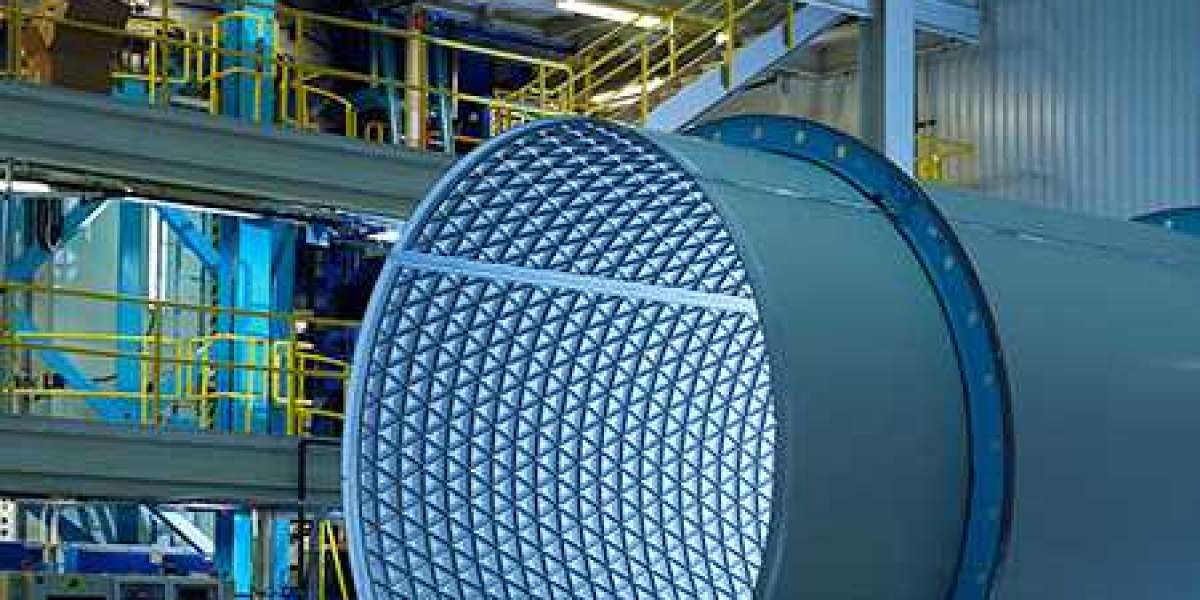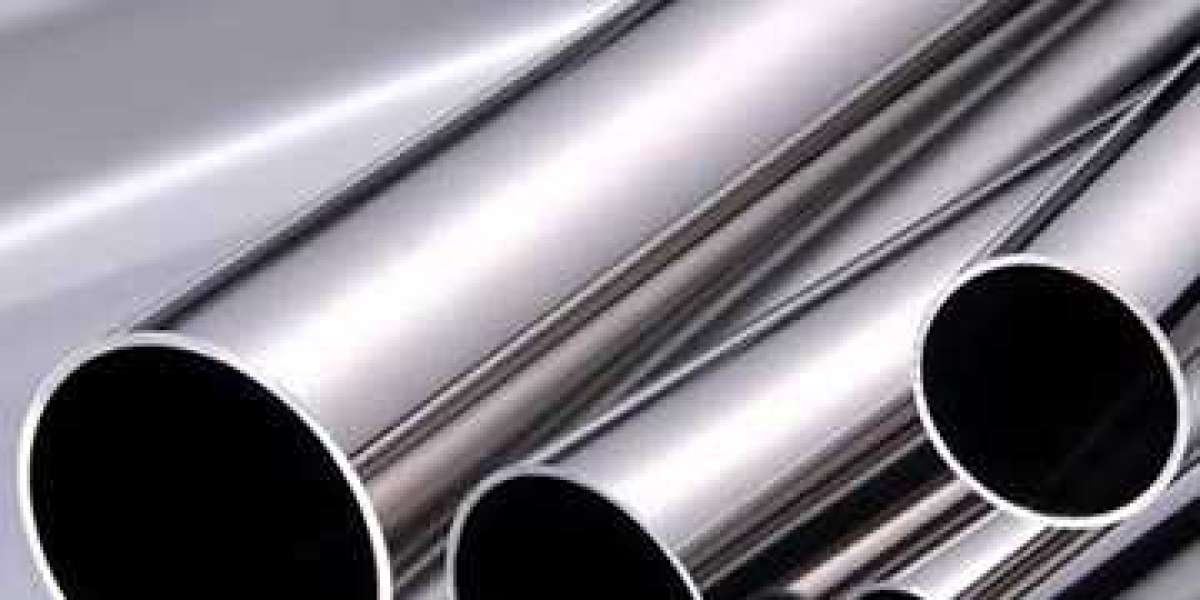Superelastic nickel titanium alloy (NiTi) is widely used in medicine, aerospace, robotics and other fields due to its excellent shape memory effect and high elastic properties. In order to ensure the reliability of these alloys in complex applications, it is crucial to evaluate their long-term stability and fatigue life. The following are some key evaluation methods and steps.
1. Material performance analysis
First of all, understanding the basic properties of superelastic nickel titanium is a prerequisite for evaluating its stability and fatigue life. The performance of superelastic nickel titanium is affected by temperature, stress, strain and environmental factors. Through laboratory tests such as tension, compression and torsion tests, its basic parameters such as stress-strain curve, yield strength and elastic modulus can be evaluated. In addition, the material's stress relaxation behavior, shape memory recovery ability and thermal stability are also key indicators of long-term stability.
2. Fatigue test
Fatigue testing is an important means to evaluate the long-term performance of superelastic nickel titanium. The material is cyclically loaded under different loads and environmental conditions to simulate the fatigue load in actual applications. Common fatigue test methods include low-cycle fatigue test, high-cycle fatigue test and endurance fatigue test. The fatigue limit and durability of superelastic nickel-titanium can be obtained by repeated loading.
Low-cycle fatigue test: simulates the working conditions of the material in a larger strain range, suitable for large strain applications.
High-cycle fatigue test: simulates the working conditions of the material in a smaller strain range, suitable for high-frequency applications.
Persistent fatigue test: determines the fatigue life of the material under long-term, low-strain conditions.
The evaluation of fatigue life depends not only on the number of loadings, but also on the influence of factors such as temperature and environmental media (such as corrosive gases or liquids).
3. Influence of aging and environmental factors
The long-term stability of is not only affected by mechanical loads, but also by environmental factors such as temperature changes, humidity, and corrosive gases. The aging effect of the material is usually manifested as the gradual decay of its shape memory and superelastic properties over time. Therefore, aging tests must be performed, such as exposing nickel-titanium materials to extreme temperatures (such as high and low temperatures) and corrosive environments for a period of time to observe changes in their performance.
4. Microstructure analysis
The microstructure of the material has a significant impact on its stability and fatigue life. The microstructure of superelastic nickel-titanium is usually composed of grain boundaries, phase boundaries and phase change layers. Changes in these structures may lead to degradation of material properties. The crystal structure, phase change behavior and development of microcracks of superelastic nickel-titanium can be analyzed by scanning electron microscopy (SEM), transmission electron microscopy (TEM) and X-ray diffraction (XRD) techniques.
Changes in microstructure are often a precursor to fatigue damage, so regular microstructure assessment can help predict and avoid material failure.
5. Numerical simulation and life prediction
With the development of computing technology, numerical simulation based on finite element analysis (FEA) has gradually become an important tool for evaluating the fatigue life of superelastic nickel-titanium. By establishing the physical model and loading conditions of superelastic nickel-titanium alloys, numerical simulation can provide more accurate fatigue life prediction and stress distribution analysis. The simulation results can help engineers optimize the design and avoid premature failure in practical applications.
In addition, fatigue life prediction models based on experimental data (such as the Paris rule) can also provide quantitative evaluation of long-term reliability in combination with the stress-strain behavior of the material.
6. Long-term monitoring and reliability testing
In order to ensure the reliability of superelastic nickel-titanium materials in long-term applications, continuous monitoring and evaluation are required. Sensor technology can be used to monitor the stress, temperature and deformation of the material in real time during use, and detect potential fatigue damage or signs of stability degradation in advance. In addition, reliability tests (such as accelerated aging tests) can simulate long-term use processes in a shorter period of time and evaluate the performance stability of materials under extreme conditions.
Evaluating the long-term stability and fatigue life of superelastic nickel-titanium is the key to ensuring its reliability in complex applications. Through comprehensive material performance analysis, fatigue testing, aging testing, microstructure analysis, numerical simulation and long-term monitoring, we can fully understand the performance of the material under actual working conditions, and then optimize the design and application, extend its service life, and ensure stability and reliability in demanding application scenarios.














